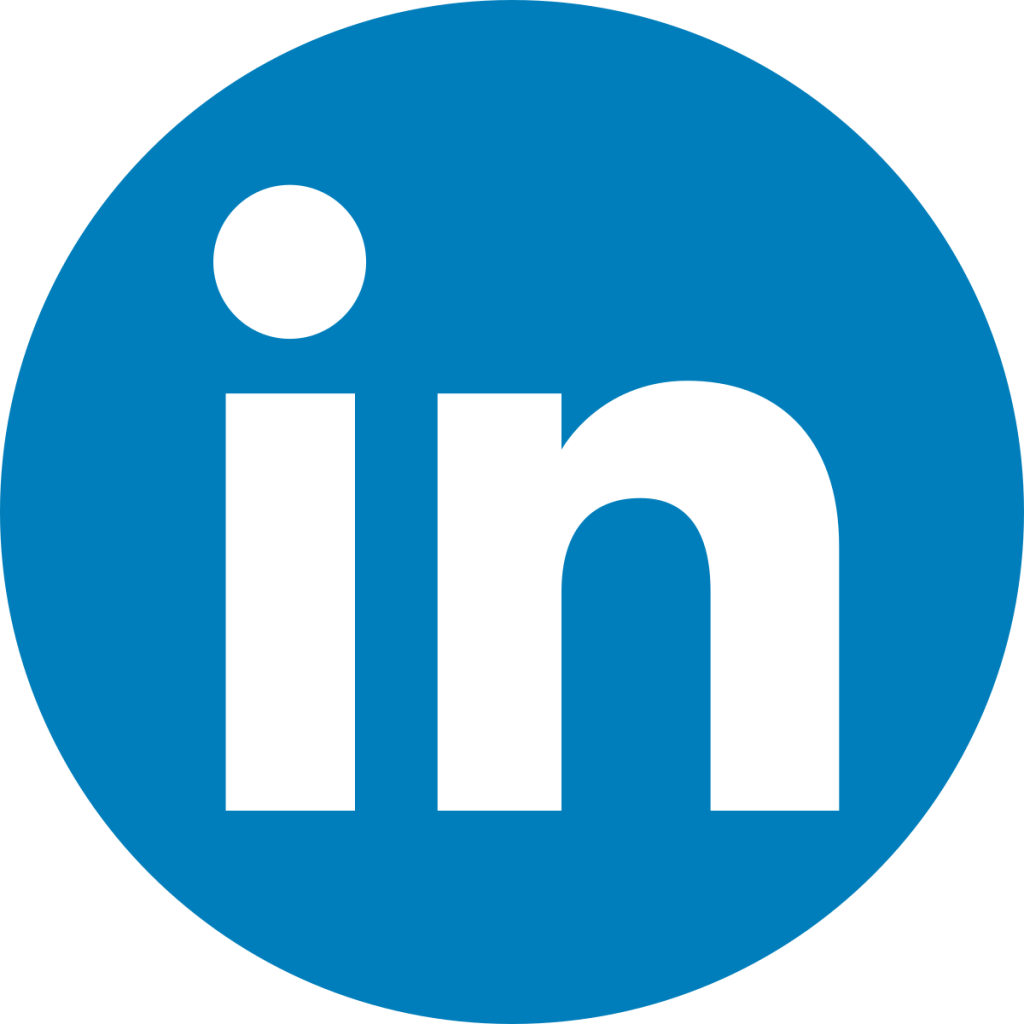Healthcare Is at a Crossroads and Must Adapt to New Consumer Expectations
For generations, consumers interacted with health care systems that rarely considered their needs or input. They were taught that their doctors “knew best,” and that they must accept inconsistent customer service as part of their healthcare experience. Today, we are in the midst of a remarkable evolution, and successful healthcare organizations are changing to respond to consumer expectations.
Younger consumers, such as millennials and Gen Xers, grew up with advanced technology, have different priorities about healthcare transparency and access, and are demanding more member-focused systems. This includes more access to telehealth, improved communications, and a focus on cost-effective, preventive care.
Creating an Improved, Consumer-Focused Healthcare Ecosystem
In this changing environment, successful healthcare organizations are shifting their focus outward and creating systems that meet or exceed consumer demands. According to a 2016 survey performed by FORTUNE Knowledge Group and Oliver Wyman, a leading global management consulting firm, almost half of all millennials consider healthcare to be a consumer good and are willing to compare providers’ value propositions and pricing.
Today’s consumers both need and demand tools that enable cost-conscious decision-making. Healthcare systems need to embrace transparency, evolve, listen, and become developers and purveyors of those tools if they are going to be successful in this brave new world.
Consumers Weigh Many Factors When They Make Healthcare Decisions
The increasing popularity of high deductible plans has also contributed to changing consumer demands. People now assume more financial risk than ever for their healthcare. According to the Centers for Disease Control and Prevention, 43% of all Americans under the age of 65 have high deductible health plans— and they are paying thousands of dollars for their healthcare before their plan will cover even a portion of their expenses.
Unsurprisingly, the 2016 Oliver Wyman survey confirmed that cost, especially rising premiums, is a major concern for all healthcare consumers. However, cost is not their sole concern.
In addition to cost-effective care, modern consumers want:
- Convenient access to meaningful care
- Increased transparency
- High-quality physicians and hospitals
- Streamlined processes and procedures
In response, healthcare organizations are replacing outdated “patient as profit” models with structures that emphasize empathy and patient-centered service. This has become the Bay Area’s preferred model, as Canopy Health and several other networks have implemented a convenient, transparent, and cost-effective member experience that improves outcomes and increases efficiency.
How Is Your Health System Responding to Consumer Demand?
Leading healthcare organizations, like Canopy Health, are implementing cutting-edge tools and technologies to respond to their members’ demands.
Coordinated Care Improves the Patient Experience
Members experience less frustration and get better care when their medical providers work together. Canopy Health uses advanced systems to coordinate our members’ care, streamline referrals, and improve communication.
Our members can choose from thousands of highly-qualified physicians, award-winning hospitals, and respected care centers. However, they don’t have to navigate our alliance alone. Instead, they collaborate with their primary care physician (PCP) and care management team, helping them build a healthcare plan that helps them avoid unwanted complications and improve their overall health.
Our alliance includes talented PCPs at Hill Physicians Medical Group, John Muir Physician Network, Meritage Medical Network, Santa Clara County IPA (SCCIPA), and Dignity Health Medical Group – Santa Cruz.
Members’ PCPs can also refer them to any specialist within the Canopy Health alliance through our Alliance Referral Program.
Digital Tools Empower Members
Today’s healthcare organizations increasingly offer digital tools that empower consumers, helping choose their providers, understand their potential costs, build meaningful healthcare budgets, and improve their overall health literacy. At Canopy Health, members have many tools at their disposal on the MyCanopyHealth mobile app and member portal, including Video Visits, digital ID cards, and a cost estimator and out-of-pocket accumulator.
Data Analysis Can Improve Healthcare Outcomes and Reduce Costs
Even the most cost-conscious consumers sometimes struggle with their healthcare needs. That’s why successful healthcare systems are using population health management strategies and biometric data to identify at-risk populations and coordinate their preventive care.
At Canopy Health, we want to improve our members’ healthcare experience and outcomes with innovative population health management strategies.
We believe that our members’ healthcare journey will improve as we continually evolve to meet their growing and changing needs. We’re also confident that every improvement to our consumer experience will only build trust between patients and providers, increase consumer engagement, and lead to optimal healthcare outcomes.
References
A consumer survey of US healthcare (2017). Oliver Wyman. Retrieved from https://www.oliverwyman.com/2017-consumer-survey.html
Vance-Rodrigues, D., Dhillon, N. (2019, April 8). CONSUMER Demands Are Driving Change in Delivery. California Broker. Retrieved from http://www.calbrokermag.com/in-this-issue/health-consumer-demands-are-driving-change-in-delivery/




